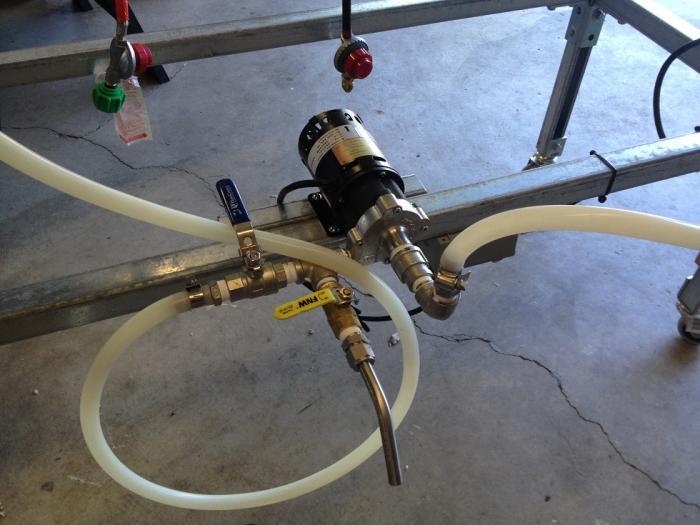I made a little diagram to explain my concern. Let's say I need to transfer wort from kettle A to kettle B using a pomp, and let's say that I have a marsh pump. I heard that a marsh pump can't dry run, which as I understand, means that there must always have liquid in it in order to pump. Does that means that I lose some wort in A?





